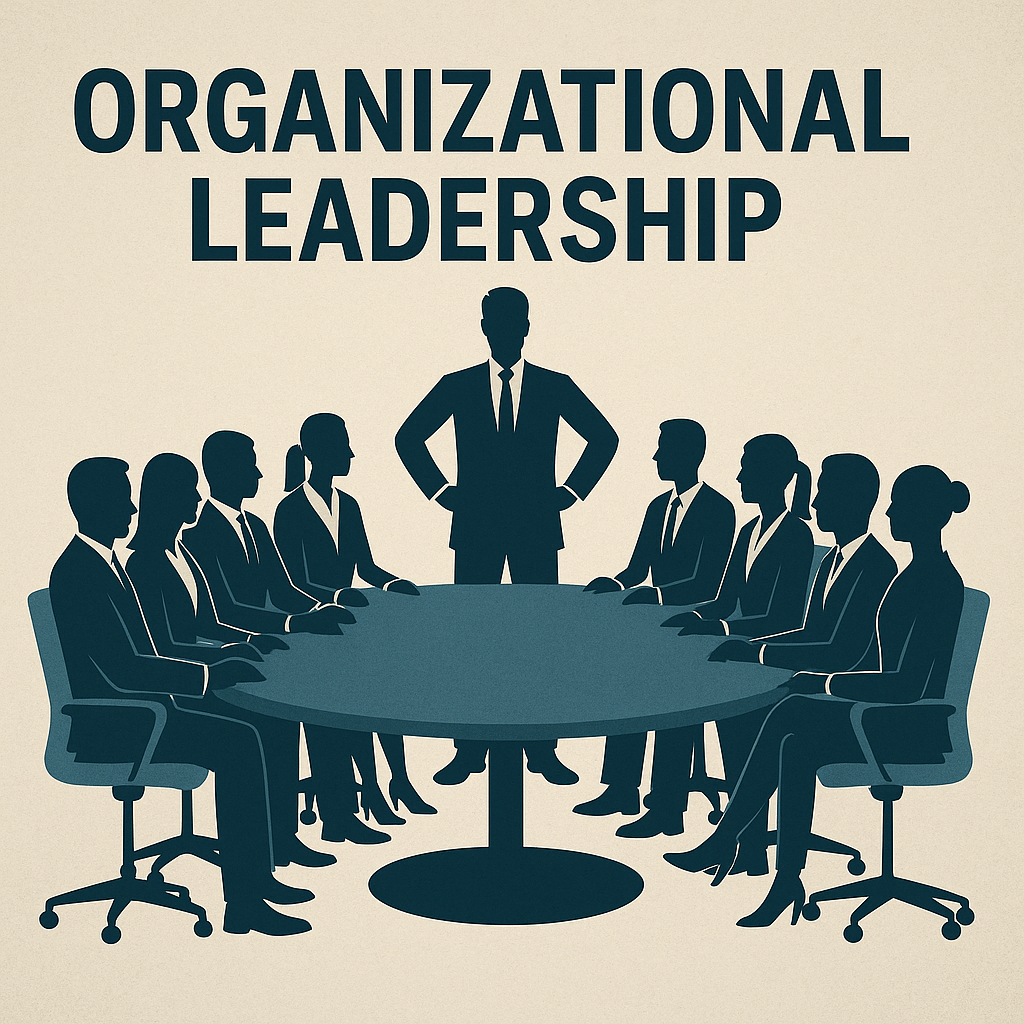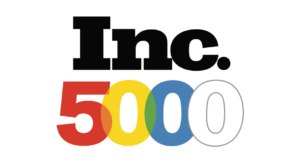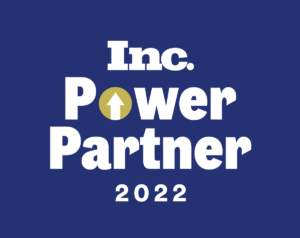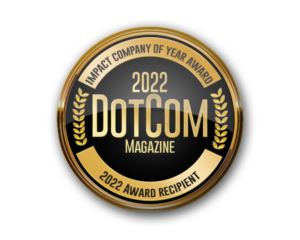By: Rachel Thompson
The rise of digital tools is reshaping the way organizations approach governance. As technology advances, boards and leadership teams are rethinking how they manage responsibilities, increase transparency, and aim for long-term success.
These tools are no longer optional; they have become essential for staying competitive in an era where speed, accuracy, and accountability are paramount. By adopting the right digital solutions, organizations can streamline decision-making and improve collaboration, setting new benchmarks for governance standards.
The Growing Need for Advanced Governance Standards
As organizations face increasing complexities, the demand for advanced governance standards has never been more apparent. Decision-making processes, accountability frameworks, and collaboration requirements continue to evolve, leaving traditional systems struggling to keep pace.
Integrating digital tools allows businesses to overcome these challenges, but understanding the shift from historical to modern governance approaches is essential.
Traditional governance systems have served as the backbone of corporate oversight for decades. These frameworks emphasized clear hierarchies, structured decision-making channels, and well-delineated roles. They maintained consistency and provided a predictable structure for managing organizational responsibilities.
By following standardized procedures, organizations could address risks, execute strategies methodically, and help comply with basic regulatory requirements. Their dependability created an organization’s sense of order and accountability, which is particularly valuable in stable environments.
“Despite these strengths, traditional models now reveal significant limitations in today’s fast-moving world,” says a Boardsi executive. “They often rely on manual processes and paper-based methods, both of which slow decision-making and make adapting to unforeseen changes difficult.”
As industries encounter new trends and technologies, the structured nature of traditional governance systems may lead to challenges, potentially slowing decision-making and creating delays. Organizations relying on these older methods might find it more difficult to adapt quickly, affecting their ability to stay competitive.
Without quicker and more adaptable systems, traditional governance often fails to meet the expectations of modern stakeholders who demand real-time transparency and streamlined processes. Operating without digital tools in governance today introduces numerous challenges for organizations, and inefficiencies become one of the primary obstacles.
Manual workflows require considerable time and resources, whether it’s gathering data, tracking performance, or communicating with key stakeholders. Delays in these processes obstruct an organization’s ability to act quickly when needed, allowing for missed opportunities or unresolved risks.
Transparency is another critical issue. Without digital tools, maintaining clear visibility into how decisions are made or implemented becomes more complicated. This clarity may weaken trust between boards, management, and external stakeholders. Inconsistent documentation, incomplete records, or inaccessible communication channels exacerbate this issue, creating gaps in accountability.
Scalability can be challenging as organizations grow or face changes in their operating environments, increasing the demands on governance frameworks. Traditional systems may struggle to keep up with this growth, potentially adding complexity. Boards and management teams relying on older tools might find it harder to manage these demands, which could impact development and innovation. Incorporating digital solutions can help organizations better handle these challenges and stay competitive.
How Digital Tools Are Transforming Governance Practices
Digital tools are transforming governance by providing more efficient, transparent, and secure methods of managing operations. Contemporary organizations are utilizing these solutions to tackle traditional shortcomings while fulfilling the demands of increasingly complex regulatory and operational landscapes.
By integrating advanced technologies, boards and leadership teams can achieve more transparent accountability, streamline management processes, and help compliance with greater precision than ever before. Accountability and transparency lie at the core of effective governance, and digital tools have made significant strides in enhancing both.
These tools provide leadership with comprehensive oversight by offering real-time access to data and reporting. With digital dashboards and analytics software, boards can monitor performance metrics, track project progress, and assess outcomes with a level of detail that was previously unattainable.
Many platforms offer features that automatically record meeting decisions, providing an easy-to-access reference for the future. This can help ensure that decisions are documented and aligned with organizational goals. Additionally, cloud-based platforms support the secure sharing of reports and performance data, making it easier for stakeholders to stay informed.
Notes a Boardsi leader, “Transparent decision-making becomes the norm rather than the exception as these tools eliminate ambiguity and reduce the risk of miscommunication.”
Timely reporting fosters stronger trust between boards and stakeholders. When leadership teams can confidently present accurate, up-to-date information, they demonstrate their commitment to responsible oversight. Organizations embrace a more proactive stance in meeting governance expectations by replacing slow, paper-based processes with automated systems.
Managing board operations is no easy task, especially in organizations with evolving structures or a global reach. Digital tools have emerged to simplify these processes, enabling boards to operate more efficiently and remain better connected. For instance, virtual meeting platforms have transformed how boards collaborate, providing seamless communication even when members are spread across different regions.
Real-time collaboration tools can help board members review and edit documents together, improving efficiency and reducing delays. Centralized document storage systems can organize documents in a secure, accessible way, reducing the need for paper records. These systems typically have user permissions to allow only authorized individuals to view or edit sensitive information.
With streamlined board management systems, processes that took weeks can now be completed in hours. This efficiency saves time and empowers boards to focus on strategy and decision-making rather than administrative tasks. Regulatory requirements and risk management have become more complex, making compliance a critical area for governance improvement.
Digital tools designed for monitoring and managing compliance help organizations adhere to shifting standards while reducing the likelihood of costly penalties. These platforms automatically track changing regulations, informing organizations of new requirements and deadlines.
Risk management tools help identify potential threats before they escalate. Using predictive analytics and risk assessment software, boards can evaluate scenarios, prepare mitigation strategies, and respond quickly when issues arise.
Visualizing and analyzing real-time risks provides organizations with a significant advantage, particularly in industries facing frequent regulatory changes or operational uncertainties. Automated reporting tools streamline the creation of required documents for audits and assessments.
“With automated reporting, accuracy is enhanced, as these systems reduce manual errors and consolidate data in a structured format. For boards, this simplifies an otherwise tedious process and helps meet all necessary checkpoints while freeing up time to focus on long-term goals,” says an executive from Boardsi.
Preparing for Future Governance Challenges with Technology
Organizations may need strategies to address emerging challenges as governance becomes more integrated with technology. Using digital tools is essential, but success often involves training, cultural adjustments, and a balanced approach combining automation and human oversight. These factors can help governance adapt to the evolving needs of modern business.
Digital tools are influencing new standards for accountability, efficiency, and adaptability. Organizations that are slow to adopt these advancements may find it challenging to keep up in an environment where agility and precision are essential. Boards and leadership teams might consider exploring digital solutions that align with their goals and support their organizations moving forward. Adopting these tools could help keep governance practices relevant and effective.
#Governance, #DigitalTools, #BoardManagement, #CorporateStrategy, #Transparency, #Compliance, #RiskManagement, #Leadership, #DigitalTransformation, #StrategicPlanning, #OrganizationalEfficiency, #Accountability, #BoardOperations, #TechInGovernance, #FutureOfWork
Source: Los Angeles Wire









